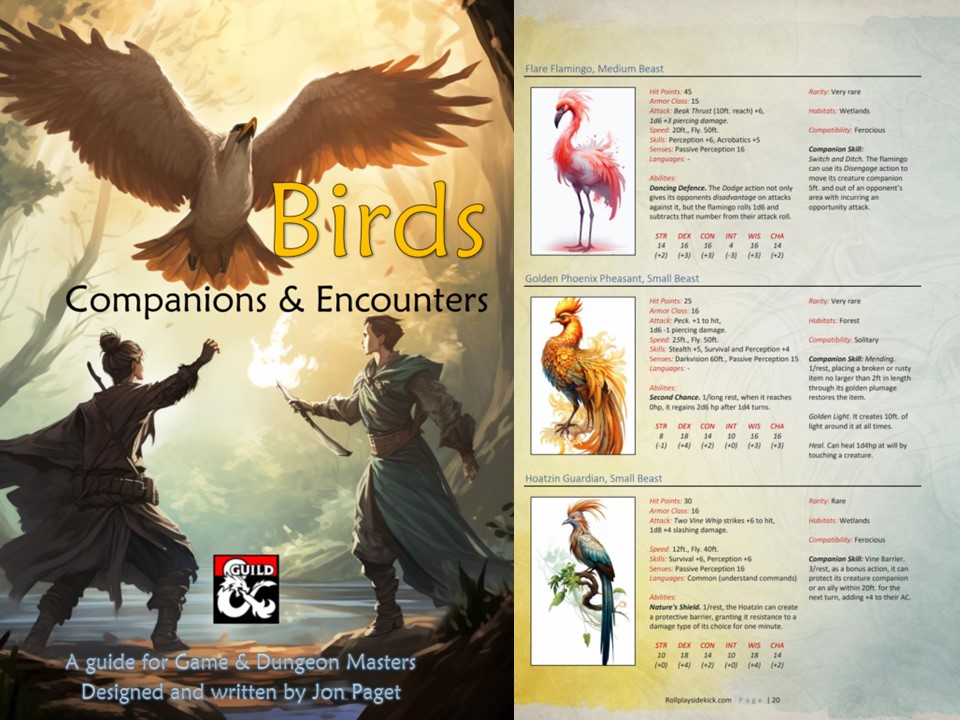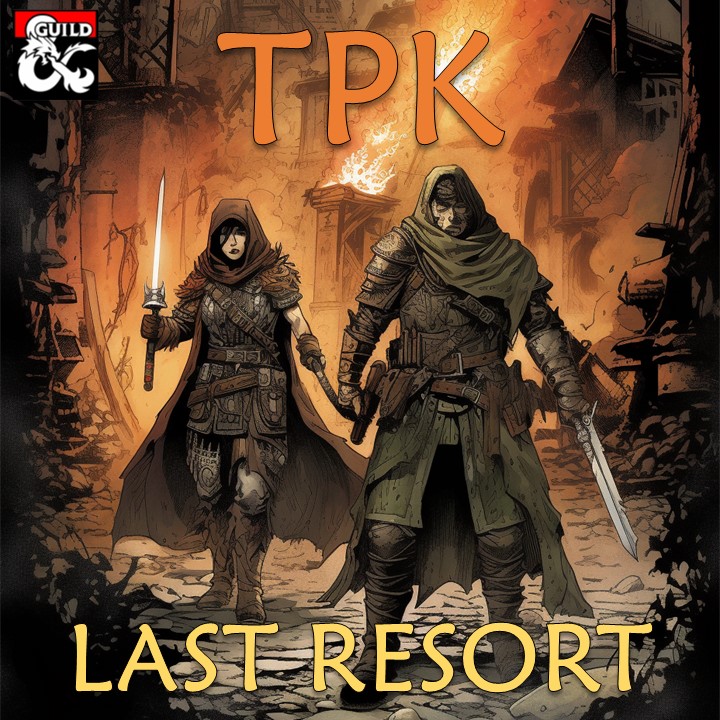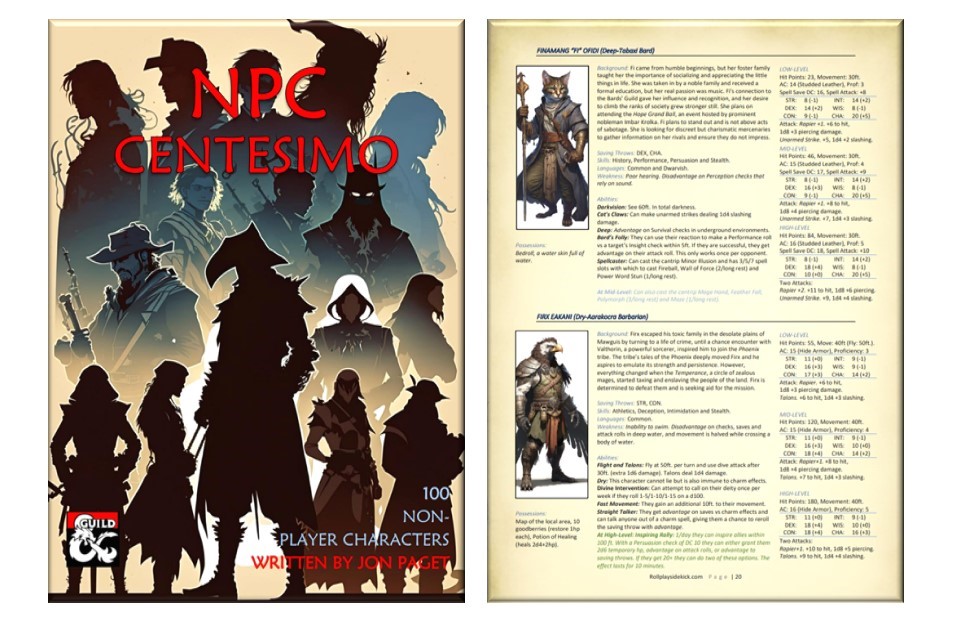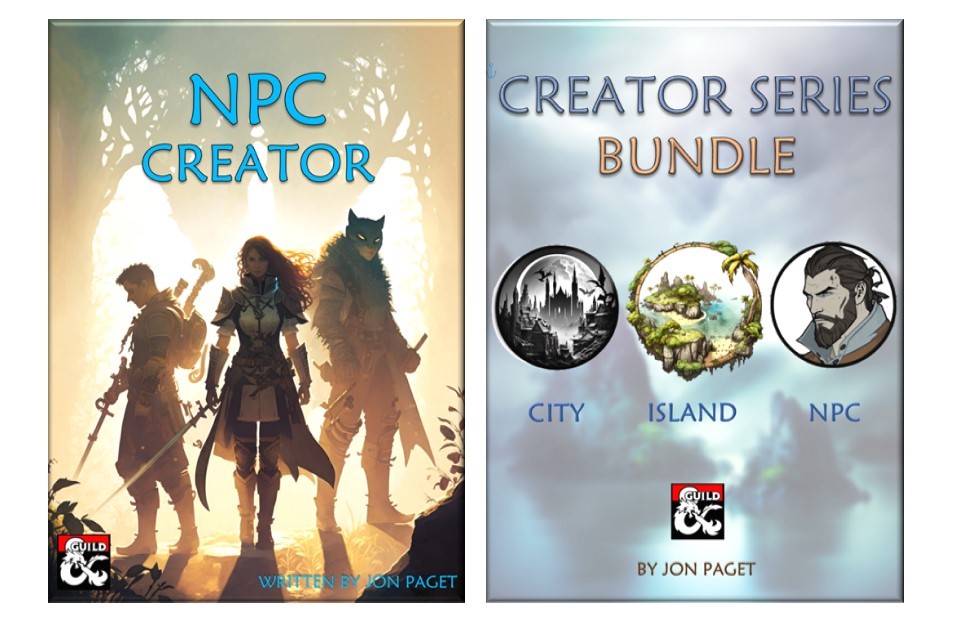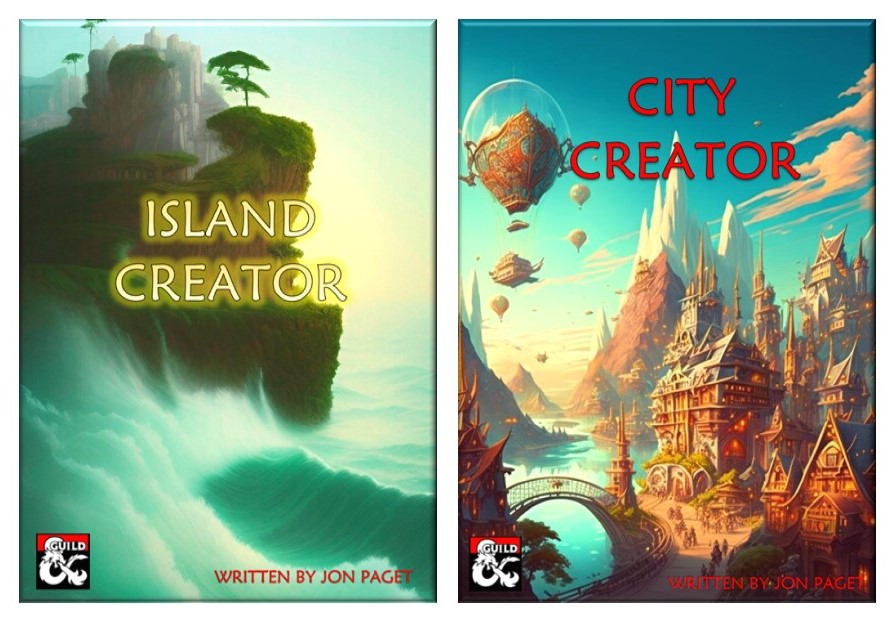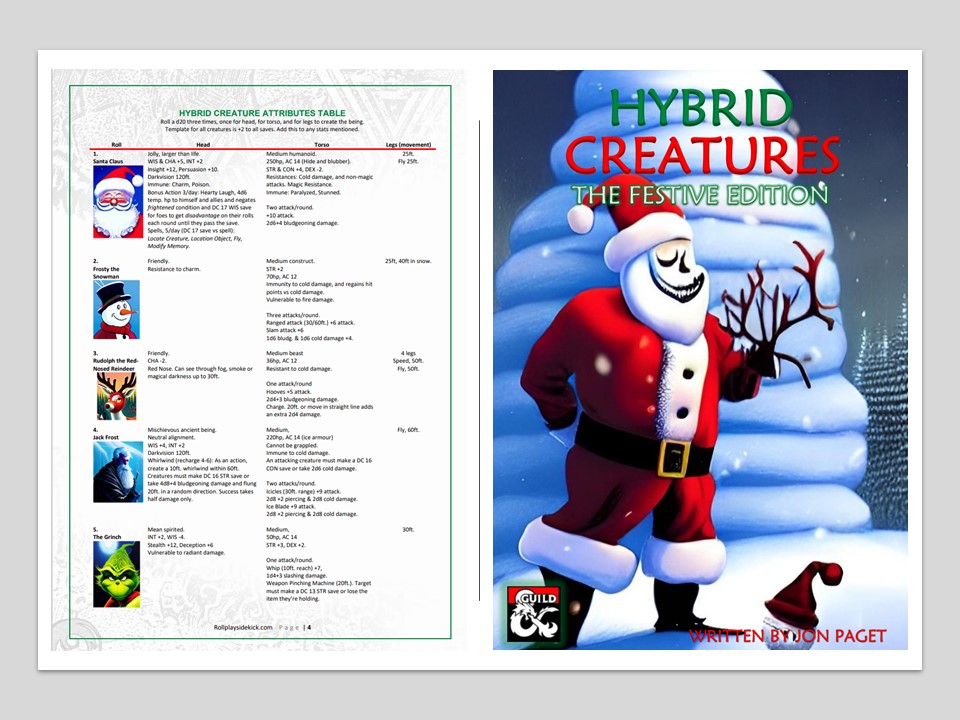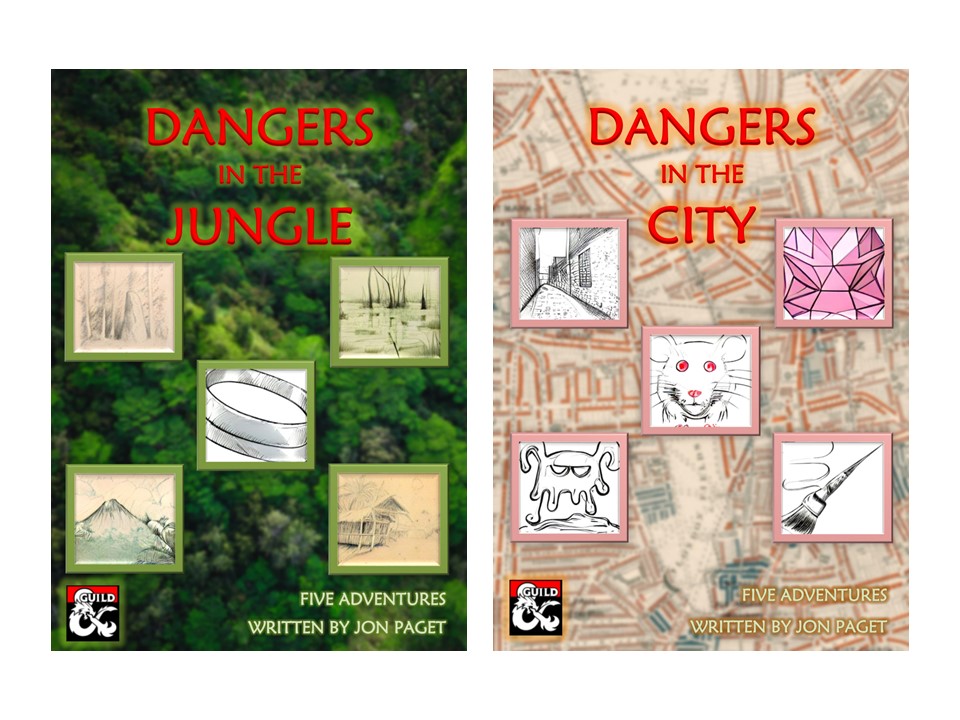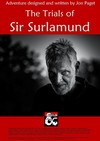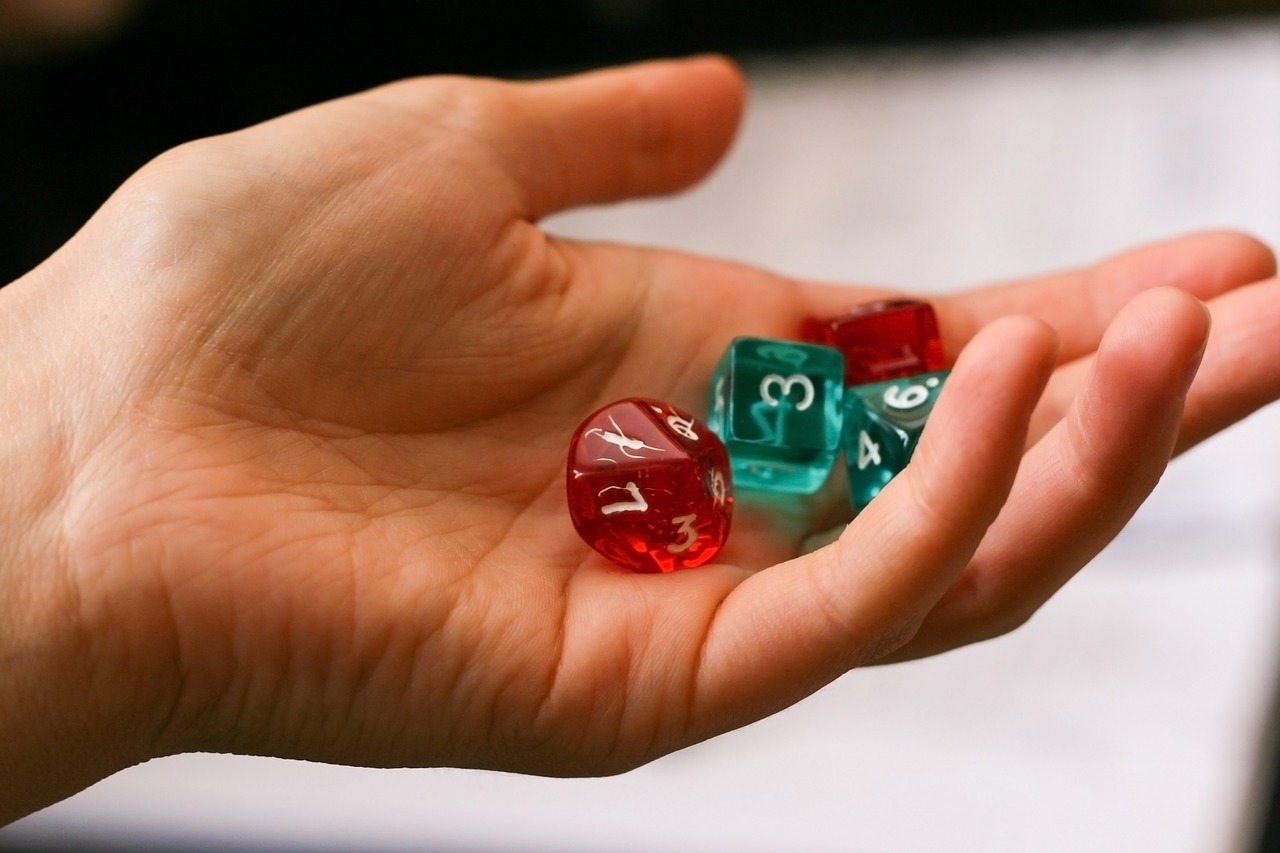The concept for this module was simply to expand on a fascinating creature-type that has the potential to offer so much to a campaign. The 5E Monster Manual has only so much room but offers a few birds to give the DM enough flavour to expand on its hawk, owl, vulture or raven stat blocks. What I was wanted to do was add special skills to each bird and where appropriate give them ample hit points or opportunities to defend itself.
Beyond giving unique abilities to recognizable birds, I wanted to add magical abilities and increase their sizes and challenge ratings. For example I gave the incredibly distinctive bird called the Ruff its own humanoid race. Birds such as Flamingos, Hoatzin and Puffins also get their own magical sub-species. At the most epic end of the spectrum, there are ten legendary individual birds including Nivanda the Wandering Roc and Zephyr the Storm Serpent. All ten get legendary resistance as well as additional magical abilities and attacks.
Beyond their abilities and stat blocks, each bird has a preferred habitat type within the material plane such as cold climate, grasslands, wetlands and forest. They also have a rarity rating, ranging from common to very rare. Finally, they have a Companion Compatibility status. A tame bird can be bought from specialist shops, and a friendly bird is ready to befriend empathetic travels. However, ferocious birds take a lot of effort before they trust someone, and solitary creatures rarely accept a companion. The effort can be worthwhile if it works as each bird has a companion ability that is unlocked when they partner with a PC or NPC.
The module was a lot of fun to create and expands the possibilities of bird interaction within the game. From the Master Crow’s ability to detect traps to the Golden Phoenix Pheasant’s healing powers they can be valuable companions. The can also be formidable opponents, such as the lightning surge of Zephyr the Storm Serpent, and provide fun encounters (who can resent the rolling attack of the Rotund Duck?!).
Birds: Companions & Encounters is available from DMs Guild.

